The Neill Collins era at Raith Rovers got off to a stuttering start with defeat to Ayr United in the SPFL Trust Trophy.
In a tie that neatly summed up the old cliché of ‘a game of two halves’, the Stark’s Park side roared into a two-goal lead and looked reasonably comfortable at the interval.
But the second period served up more questions than answers for Collins as Ayr completed a remarkable comeback to progress in the tournament.
Courier Sport was at Somerset Park to run the rule over the new manager’s debut in the dugout.
Hands off/hands on
The first difference from predecessor Ian Murray was evident during the warm-up.
Murray was heavily involved on the pitch as his team prepared for kick-off.
Tracksuit on, he could be seen running and even taking part in drills and, particularly, putting the defence through their paces.
Collins, on the other hand, watched his squad’s build-up from the side of the pitch, entrusting assistant Colin Cameron and head of sports science Mac Kenney with the physical fine-tuning.
However, as soon as the first whistle blew for the action to start, Collins was very prominent.
Prowling his technical area, the former Barnsley and Tampa Bay Rowdies boss constantly shouted instructions, reinforced tactics and dished out praise.
It remains to be seen whether he is less vocal once his players get more used to his game-plan.
But it was no wonder the 41-year-old was hoarse when he spoke with the media after the game.
Tactical tweaks
During his time steering Barnsley to a play-off place in League One last season, Collins mostly favoured a version of a 3-5-2 formation.
Sometimes the midfield five would have one sitting in front of the back three, and at other times there would be one ahead supporting the front two.
However, while flexible, generally, there would normally be three defenders and two strikers.
That is how Raith lined up against Ayr, with Dylan Easton allowed a roving attacking role in behind a front pairing of Callum Smith and Lewis Jamieson.
With injuries, it meant a few players being shoe-horned into positions they were unfamiliar with.
Josh Mullin has played virtually all his career out wide but played centrally in a midfield four, whilst midfielder Ross Matthews slotted in at right centre-half.
On the other side of spare defender Paul Hanlon was Liam Dick, who is nominally a left-back but has played plenty of times more centrally.
Collins is known to like his centre-halves to play wide when his team have the ball and that was firmly in evidence, with both Matthews and Dick getting forward as much as possible to link with their wing-backs.
With Easton and the strikers helping out, it was a tactic that created plenty of wide overloads during a dominant first-half, especially when combined with the aggressive high press that sparked both goals.
However, twice Ayr exploited space down the outside of the back three during their comeback.
Once, it was because Dick lost possession straight from kick-off and Stevenson was high and wide, but the formation clearly needs some work from a defensive point of view.
Managerial bounce
Raith’s performance for the opening half an hour was reminiscent of some of their best displays of last season.
Slick passing, movement off the ball and an attacking intent were firmly on display.
Bagging two goals inside the first 15 minutes got Collins and his charges off to the best possible start. It was the epitome of a managerial bounce.
The laboured attacking and uncertain performances of recent weeks looked like a thing of the past and confidence coursed through the players.
However, when Dowds rolled in Ayr’s penalty early in the second-half, following a harsh hand-ball call against Ross Matthews, that belief looked fragile.
And when Dowds levelled things up, Rovers fell apart by conceding George Oakley’s winner straight from kick-off.
There were plenty of positives to cling to from that opening 45 minutes and enough to give fans hope for the future.
But kicking off the new era with a victory would have felt like a much-needed momentum shift ahead of Friday’s fascinating Fife derby against Dunfermline.
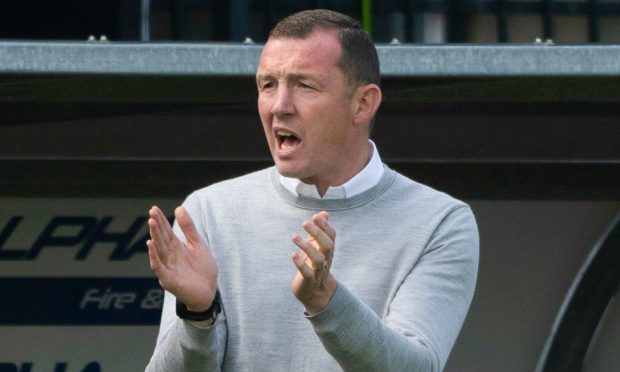
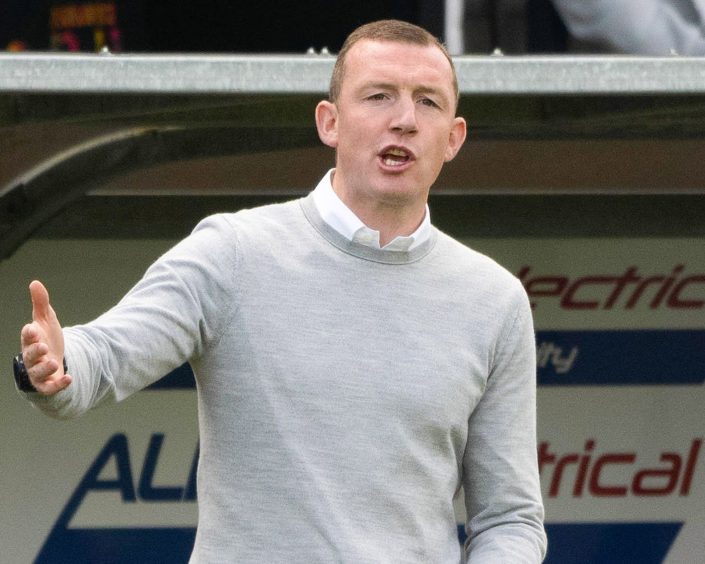
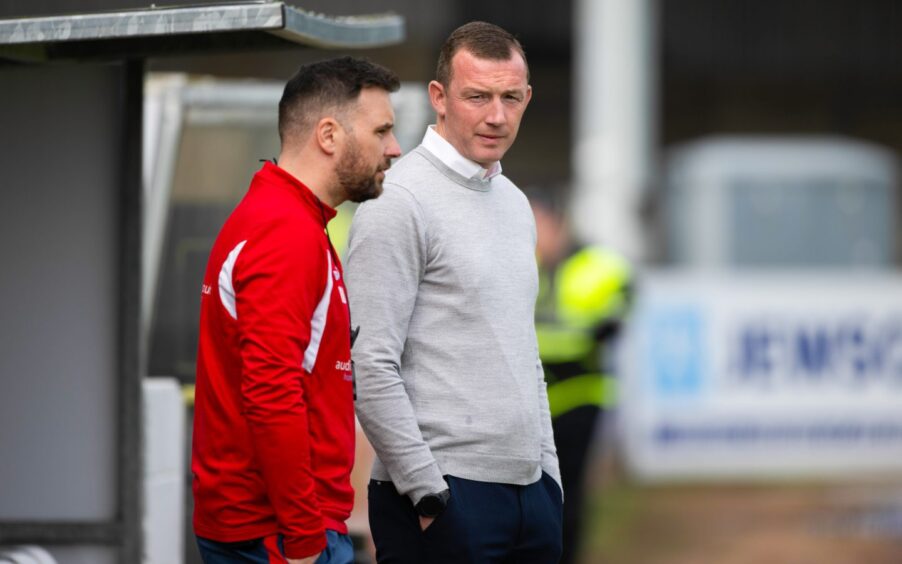
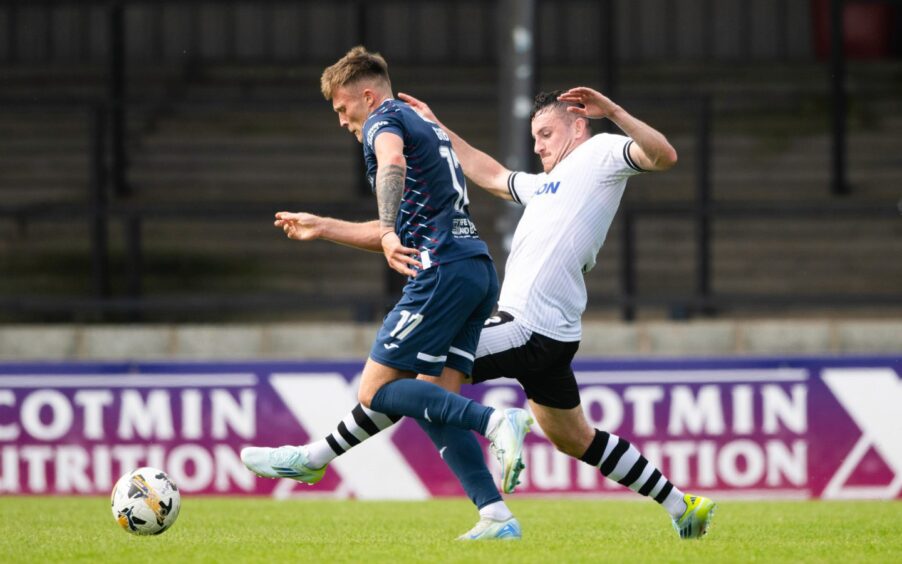
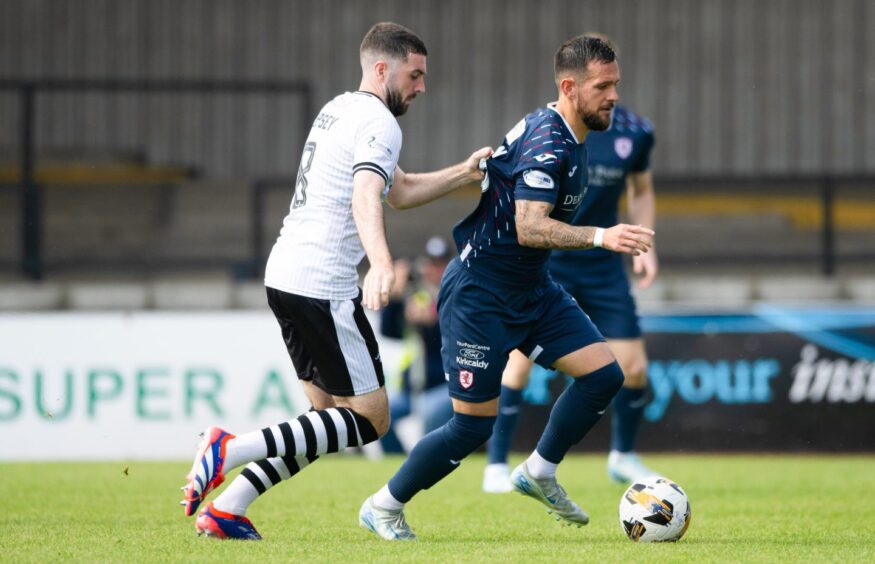
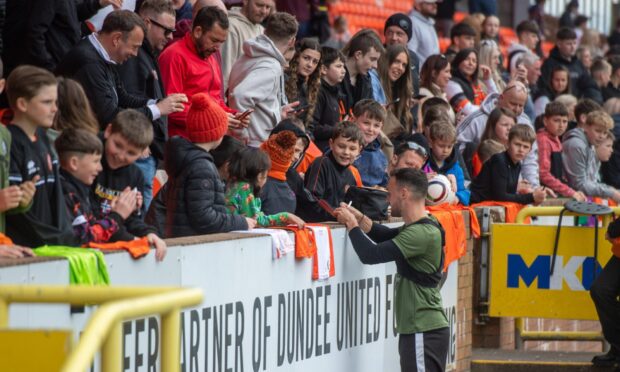
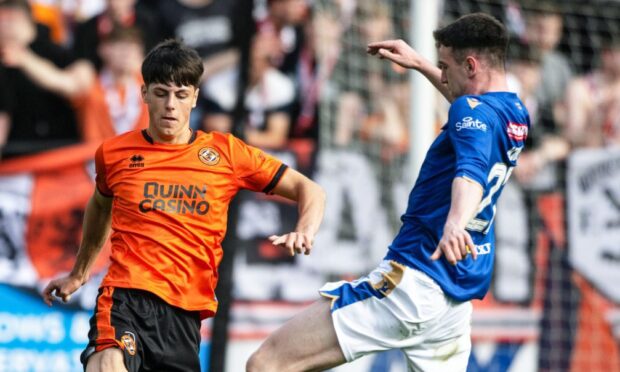
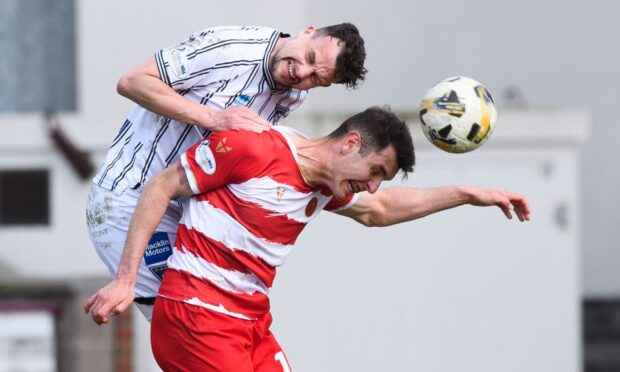
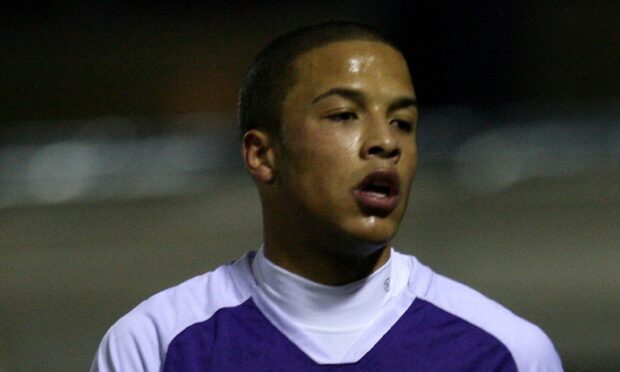
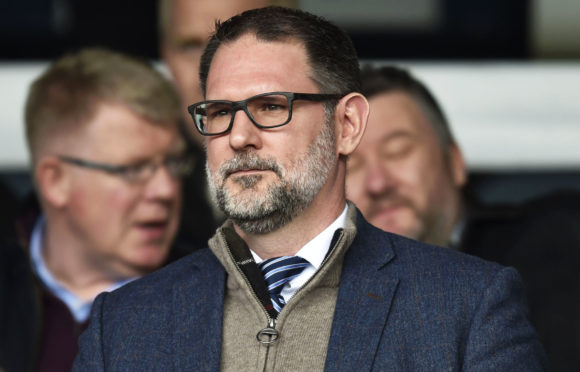
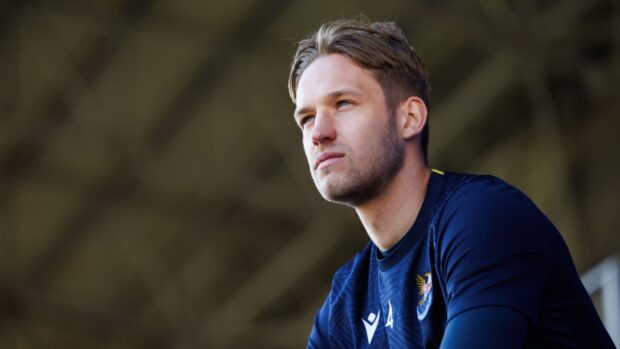
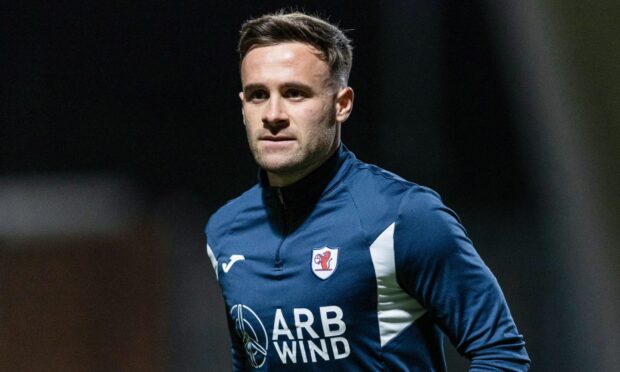
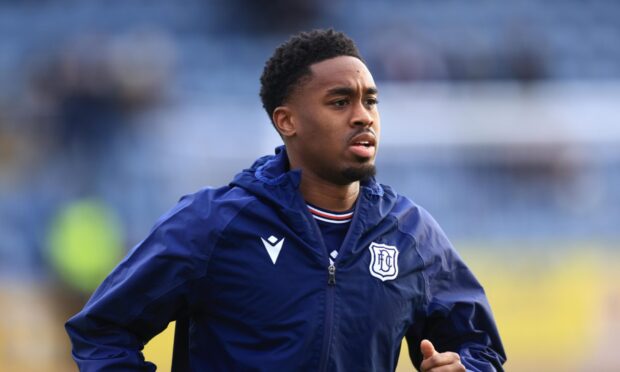
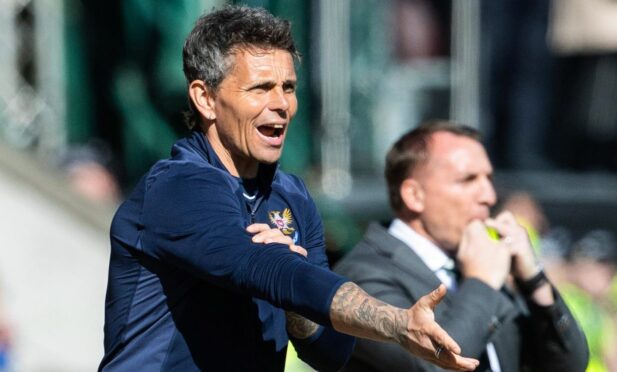
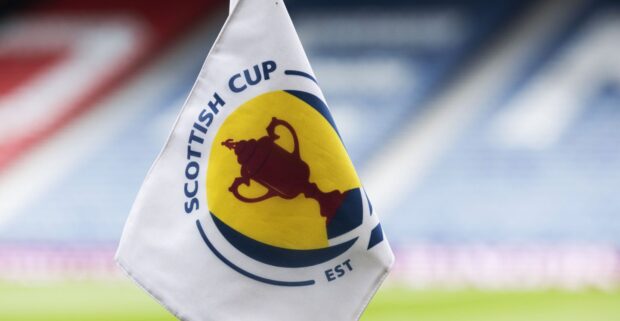
Conversation